Can You Reheat Breast Milk? (A Definitive Guide for Mums)
While breast-feeding can be a beautiful experience between a mum and her little one, we also understand the commitment that goes into feeding, expressing, and ensuring quality breast milk. To make the most out of the nutrition that breast milk can give, it’s important to know how to properly store it, prepare it, and plan for it so you can reduce waste and create more time for yourself and your loved ones.
Whether you’re at home, getting back to the office, or even travelling, here are some breast milk practices that can go a long way.
Quick Summary:
- Never re-refrigerate, refreeze, or reheat breast milk after it's been heated or exposed to room temperature for more than 2 hours.2
- Reheating breast milk can cause bacteria to grow. If breast milk is exposed to heat beyond 2 hours, it must be disposed of whether or not it has been consumed.2
- Breast milk can be served cold. This can offer relief for teething babies.3
Can You Reheat Breast Milk?
Breast milk that has been refrigerated or frozen can only be heated once. Never reheat breast milk as this accumulates bacteria the more it is exposed to warmer temperatures. Breast milk that has been heated or brought to room temperature needs to be consumed within 2 hours.
When Shouldn’t I Reheat Breast Milk?

Once thawed or heated, breast milk is disposable after 2 hours. Heat encourages bacteria to grow. By reheating breast milk, it risks babies of illness and infection. Because babies are still building their antibodies, offering them restored or reheated breast milk can lead to possible health dangers.2 Unlike freshly expressed breast milk, this can be at room temperature for up to 4 hours.4
Here are Tips to Safely Prepare Heated Breast Milk:
-
When thawing, always remember: first in, first out.
- Thaw the oldest breast milk that’s in the freezer. Breast milk quality decreases the longer it is stored.1
- Thaw your breast milk through any of these methods:
-
Never use the microwave to heat or thaw your breastmilk.
- It destroys the nutrients and creates hot spots, which can burn your baby’s mouth.1
-
Never reheat breast milk.
- Additional heat exposure can cause bacteria to grow. Once heated, it can only be kept within 2 hours. If it goes beyond the 2 hour mark, it must be disposed whether or not it has been consumed.2
How Do You Properly Store Breast Milk?

- Create a plan for storing your breast milk. This can be between 2 to 6 ounces, depending on how much your baby takes in a single feeding to reduce the amount of unused breast milk.4
- Store expressed breast milk in sterilised containers such as breast milk bags or food-grade containers. Avoid bottles with the recycle number 7, indicating the container may be made of a BPA containing plastic.5
- Always label your breast milk with the date it was expressed.1
- Never store your breast milk in the door of the refrigerator or freezer. This is to avoid temperature changes from the door opening and closing.1
- If you will not use freshly expressed breast milk within 4 days, freeze it right away. This protects the quality of your breast milk.1
- When freezing breast milk, store this in small amounts of 2 to 4 ounces. Allowing space in the containers gives room for breast milk to expand as it freezes.1
- When travelling, always store your breast milk in insulated coolers with frozen ice packs. This can keep for up to 24 hours. At your destination, use the milk right away, or immediately store this in the refrigerator or freezer.1
Here is a guide of how long your breast milk can keep after it has been expressed.
|
Freshly Pressed |
4 hours |
|
Refrigerator |
4 days |
|
Freezer |
6 to 12 months |
Is Heating Breast Milk Necessary?
While it is common to heat breast milk, it doesn’t always have to be the case. Breast milk can be served at room temperature or cold. An advantage to serving cold breast milk is that it offers relief for teething babies.3
FAQ
Can I Put Breast Milk Back in the Fridge After Warming It Up?
Never refreeze or re-refrigerate breast milk after it has been heated or thawed. This is because reheating breast milk can lead to bacteria growing more quickly when being exposed to warmer temperatures beyond 2 hours.
Can I Reheat Breast Milk if My Baby Didn’t Drink It?
To reheat breast milk more than once or for it to be left out longer than 2 hours is not advised. The more heat the breast milk is exposed to, the more bacteria will grow, making it unfit for your baby’s consumption. It is highly recommended to dispose the breast milk as it should never be re-refrigerated or re-frozen.2
How Long Does Breast Milk Last After It’s Heated?
Once breast milk is brought to room temperature or heated, it can last for up to 2 hours. Any longer will make this unfit for your baby’s consumption as the bacteria can lead to illness or infection.2
Related: How to Combine Breastfeeding and Pumping?
Breast Milk Practices for Better Feeding Moments

We understand breast milk can be overwhelming for mums at any stage of the breast-feeding journey. From storing breast milk to learning how to safely prepare them, these best practices are here to ensure that mums get the support they need so their babies can receive the nutrition they deserve.
If you’re curious to learn about breast milk tips or breast milk essentials like breast milk storage bags and more, brands like Mumilk are here every step of the way.
References:
- https://www.cdc.gov/breastfeeding/recommendations/handling_breastmilk.htm
- https://www.webmd.com/baby/is-it-safe-to-reuse-breast-milk
- https://www.healthline.com/health/baby/can-babies-drink-cold-milk
- https://www.healthline.com/health/parenting/how-to-warm-breast-milk#is-it-safe-to-reuse
- https://www.cdc.gov/breastfeeding/recommendations/handling_breastmilk.htm

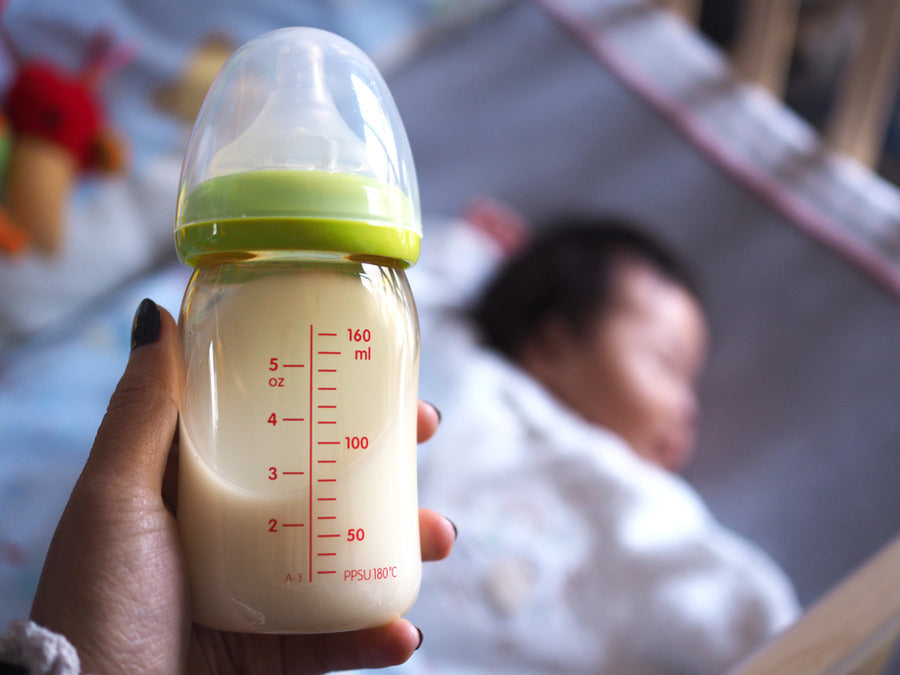

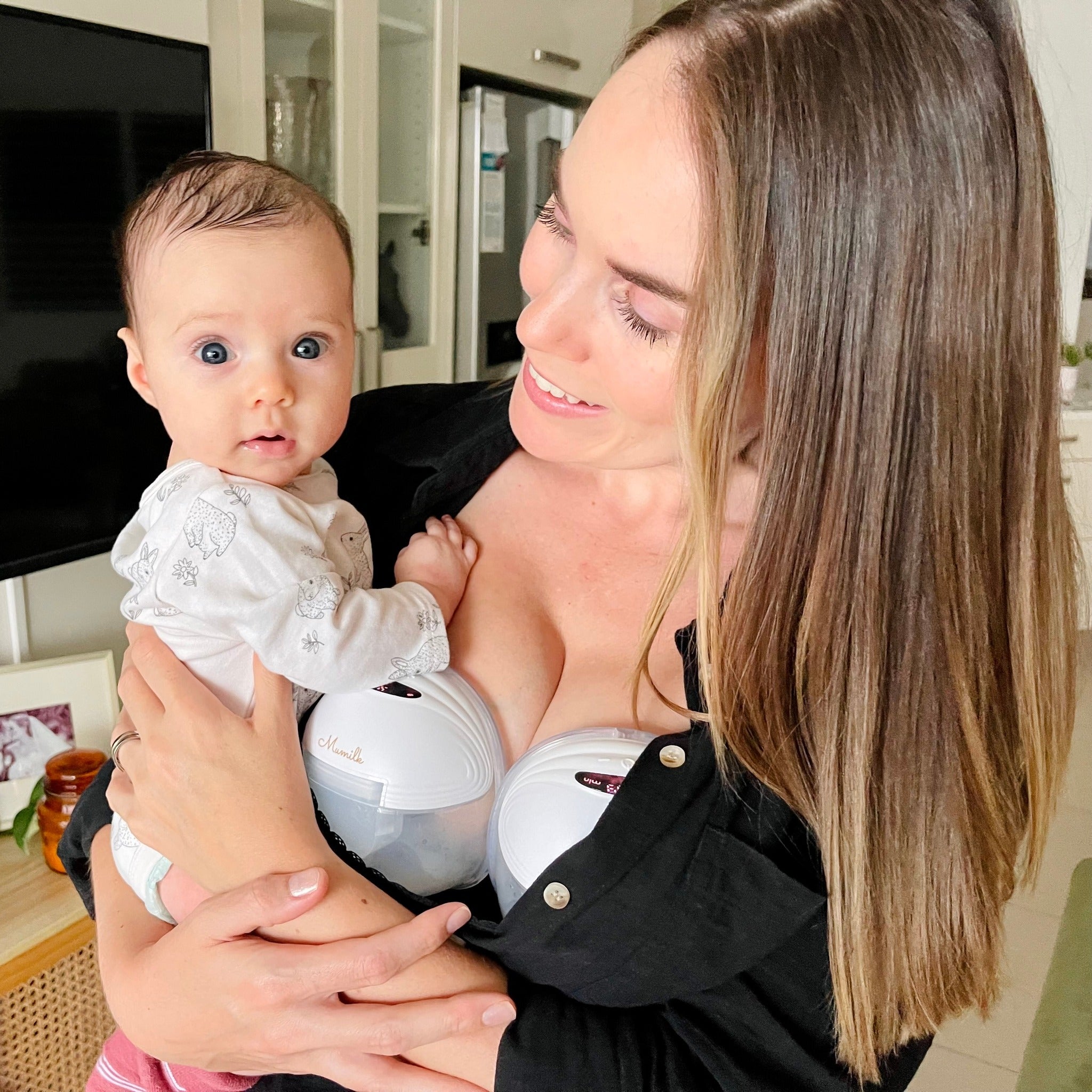
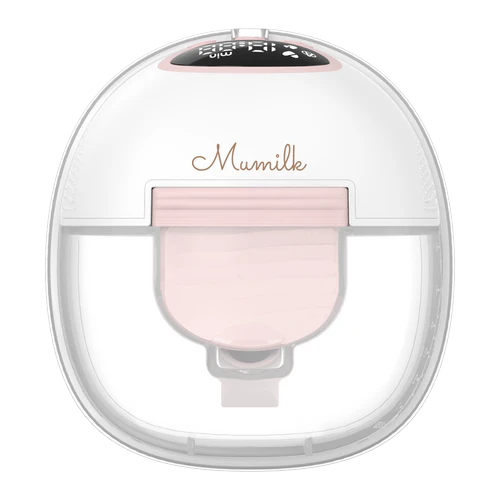
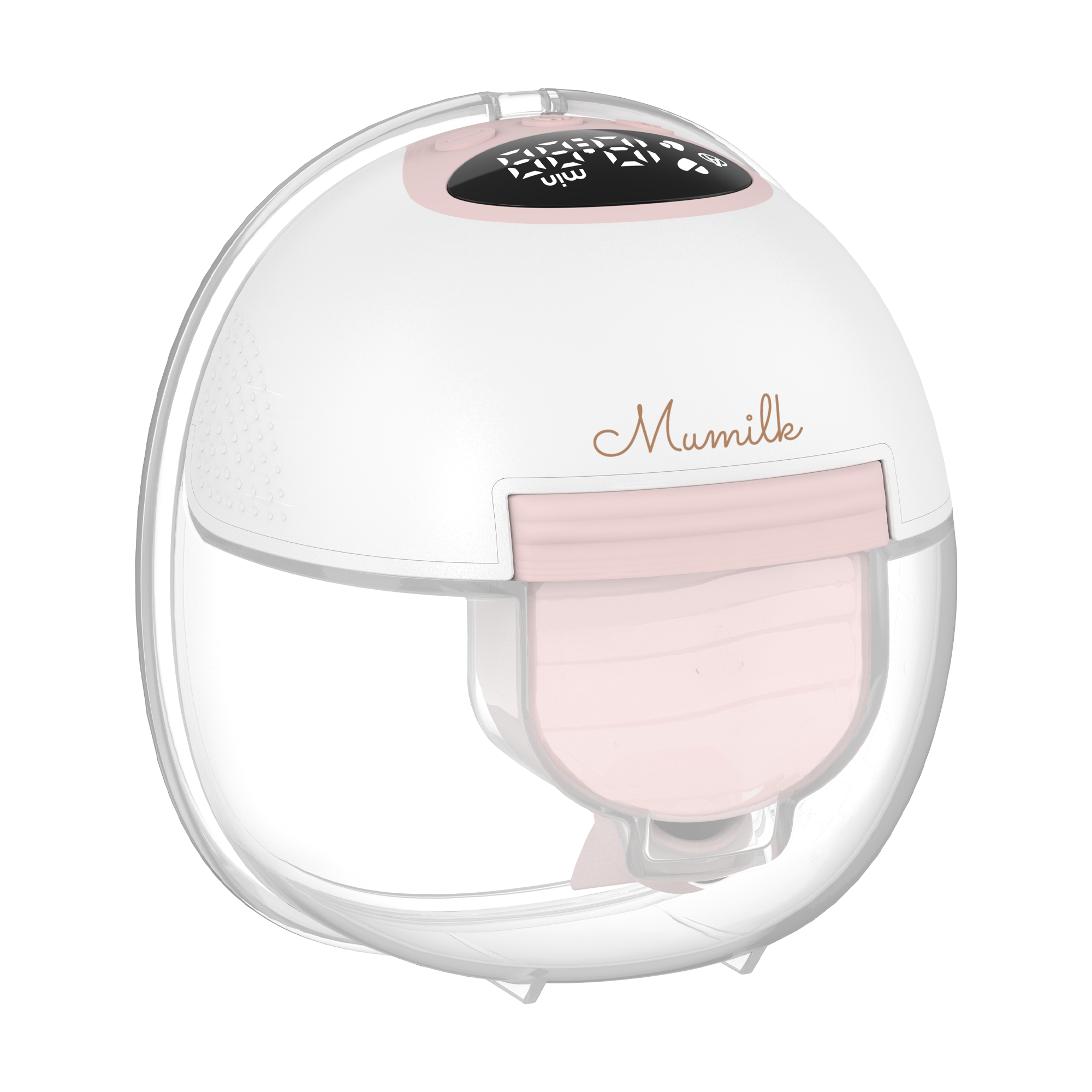
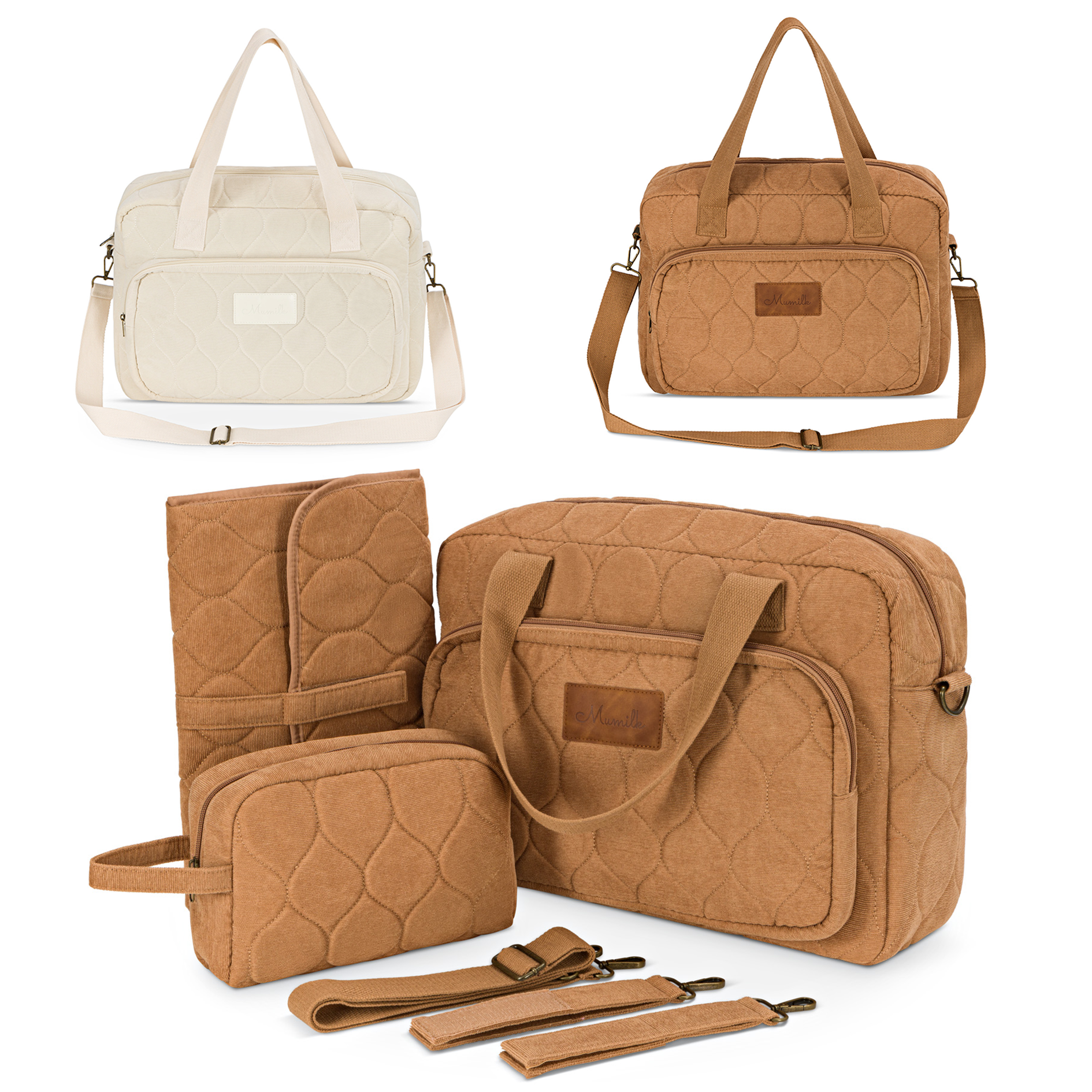

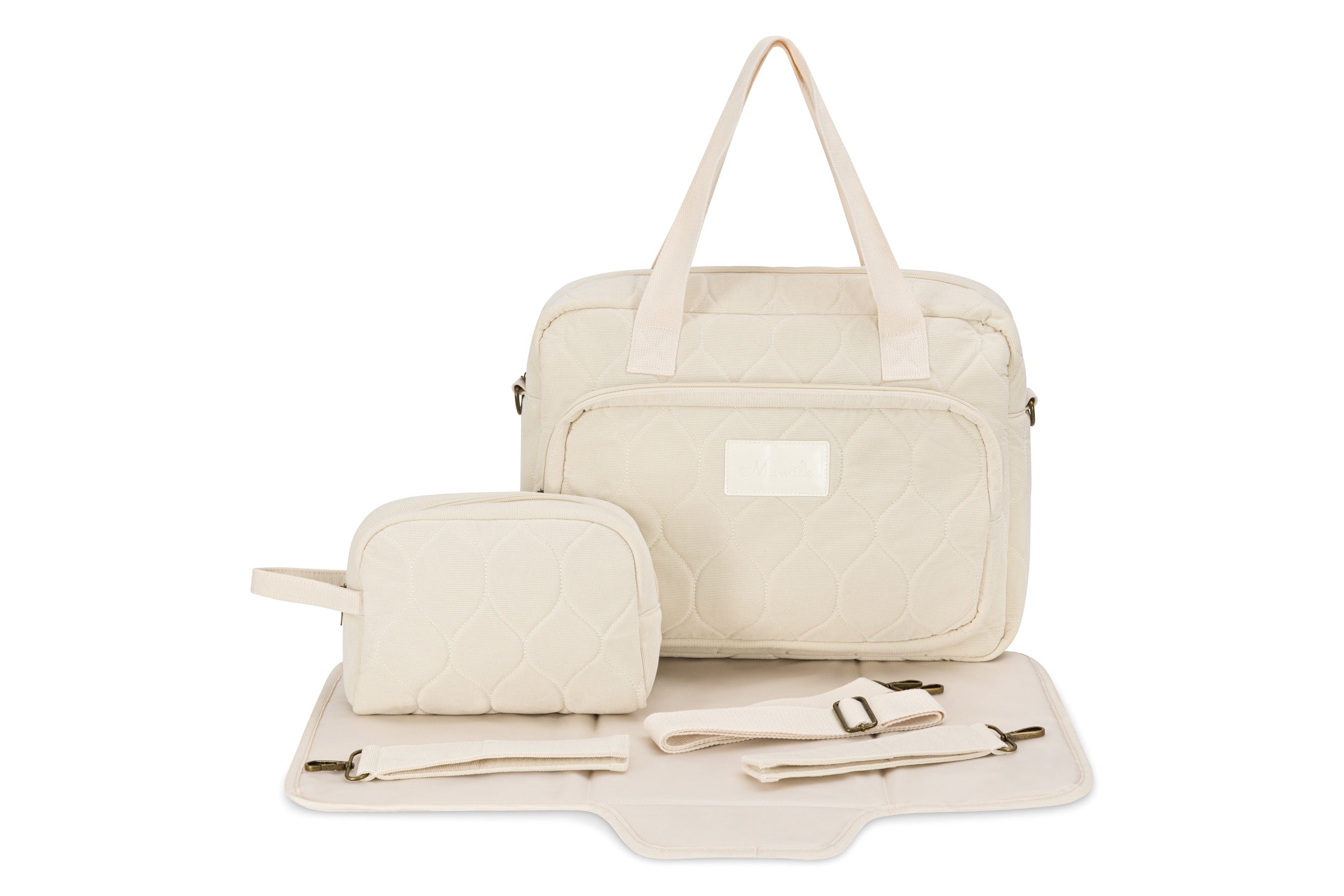
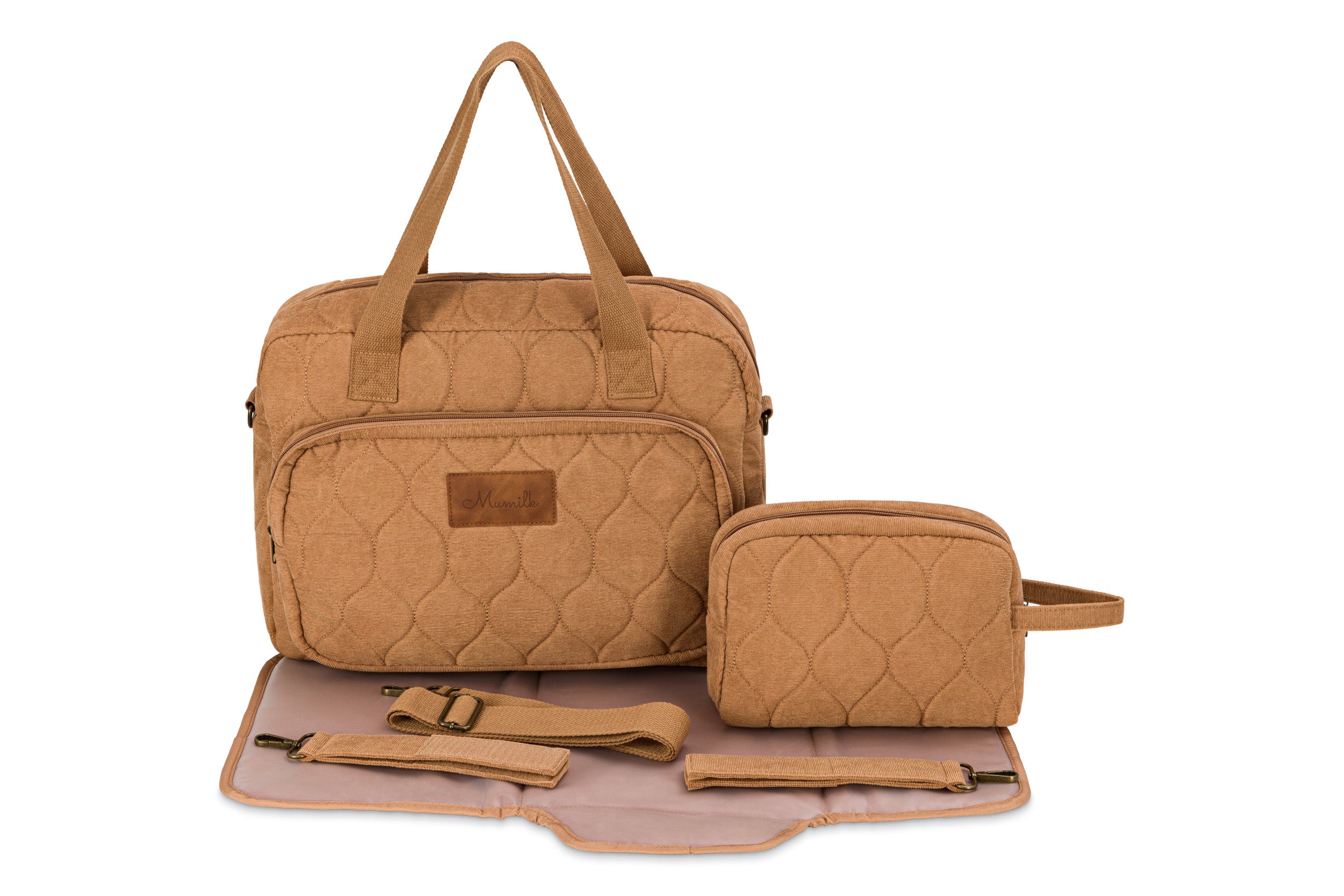
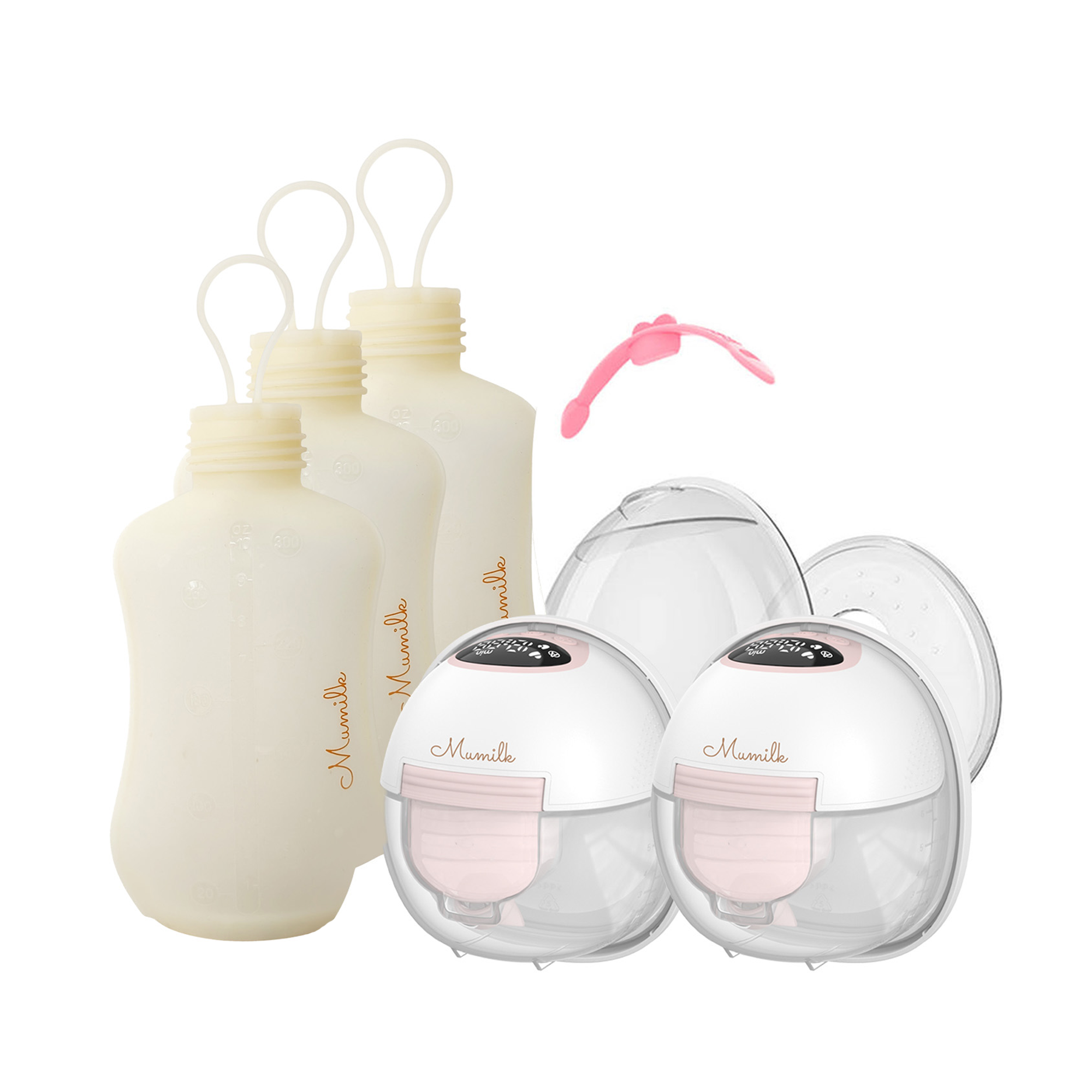
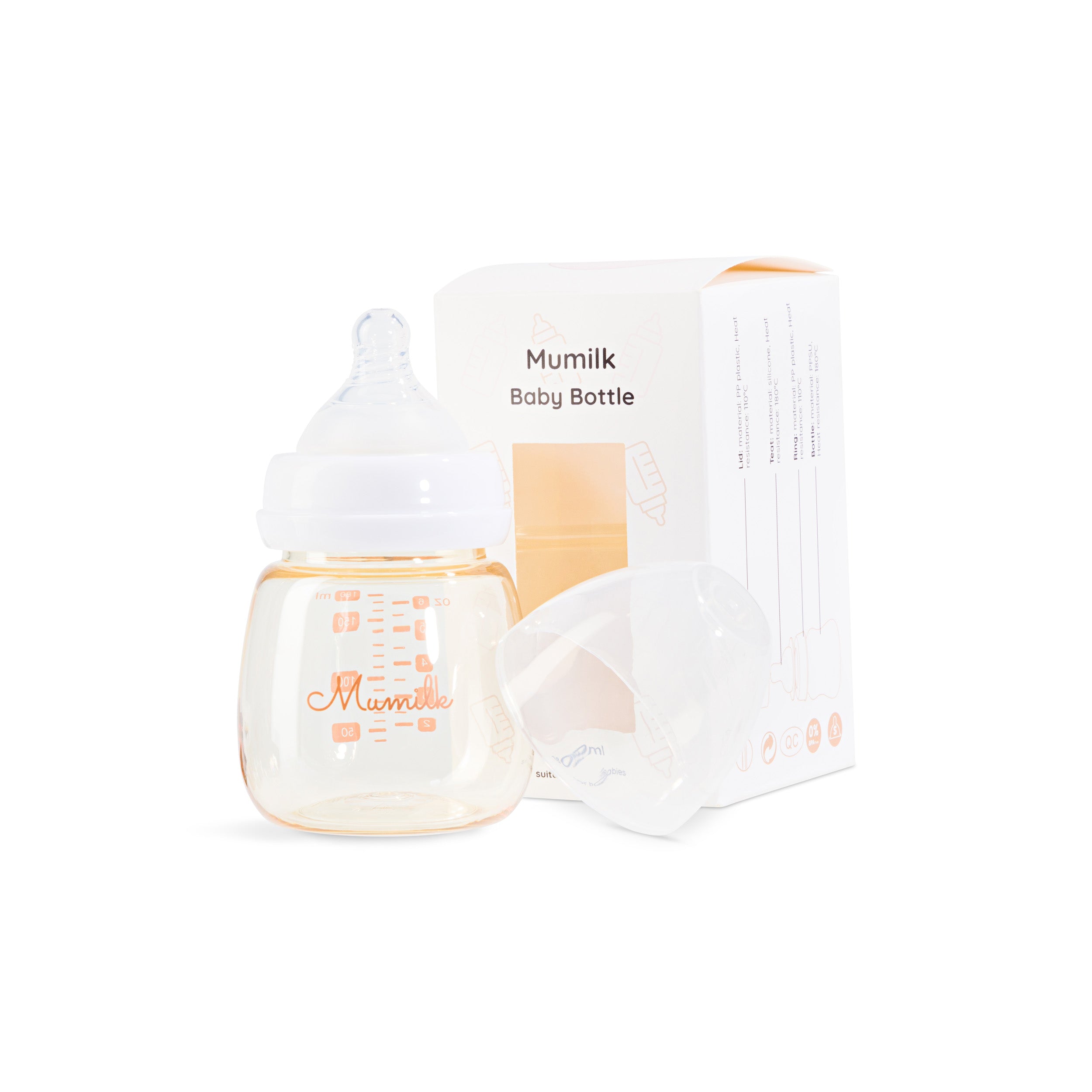
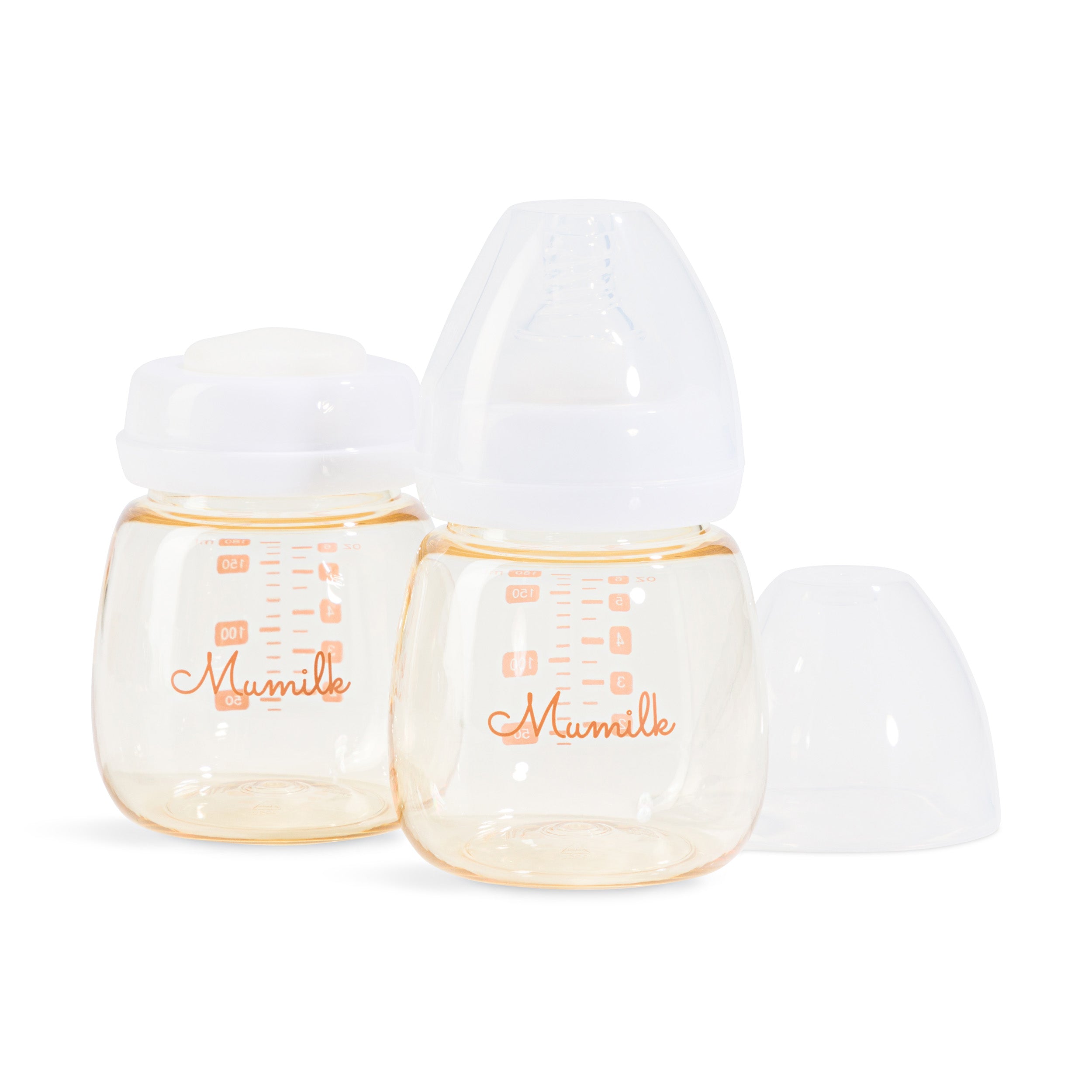
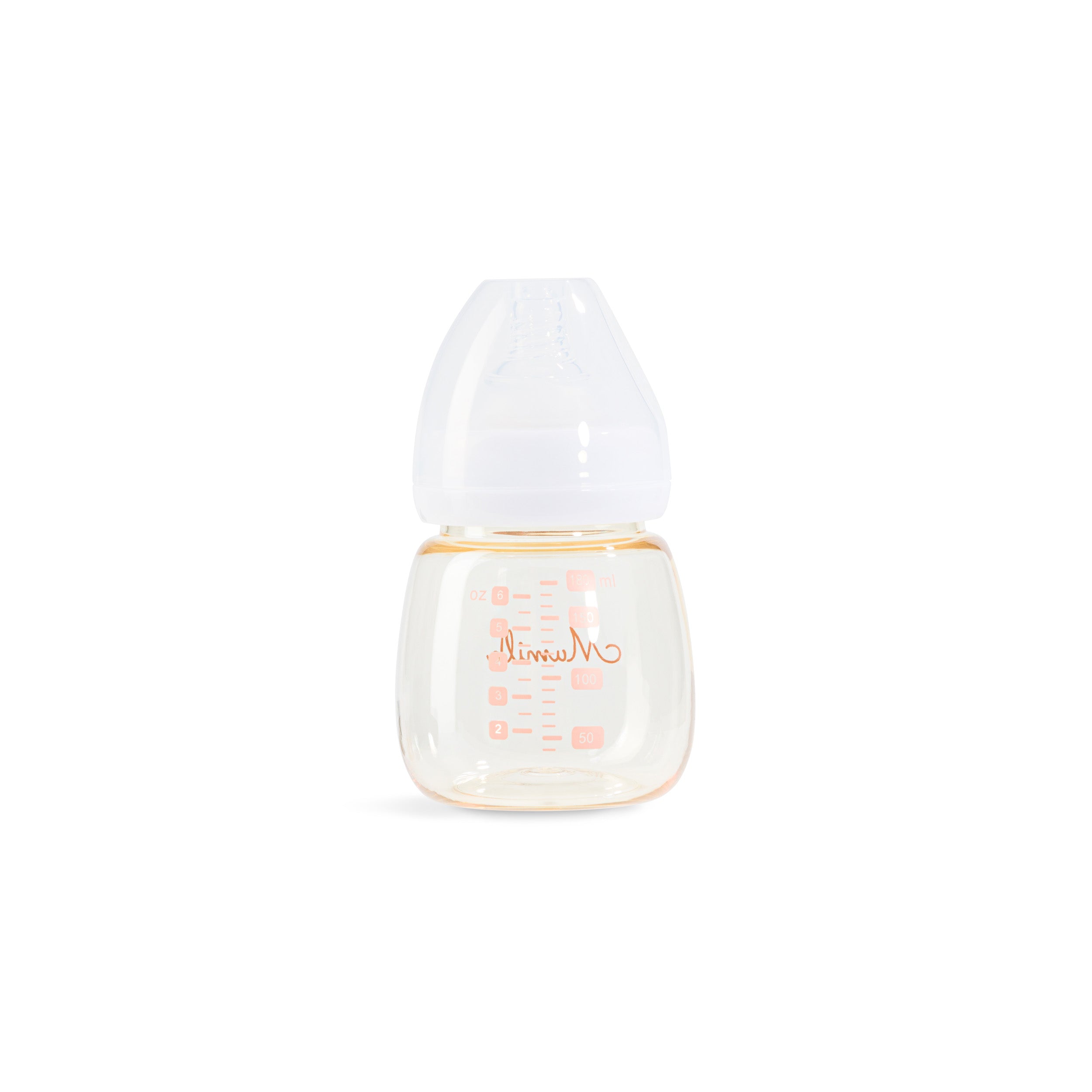
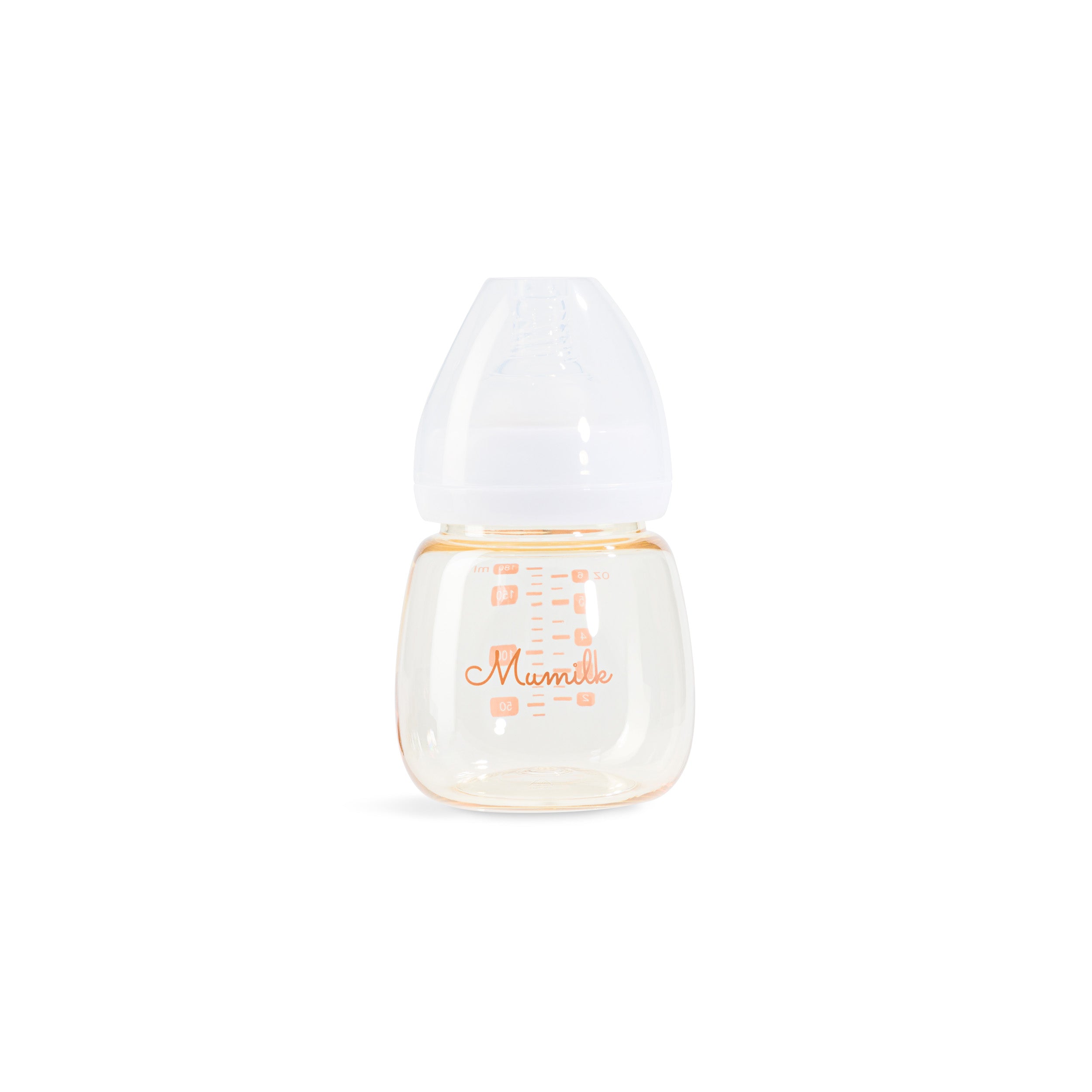
Share:
How to Combine Breastfeeding and Pumping? (A Quick Guide)
When Does Breastfeeding Get Easier? (A Guide for Mums)